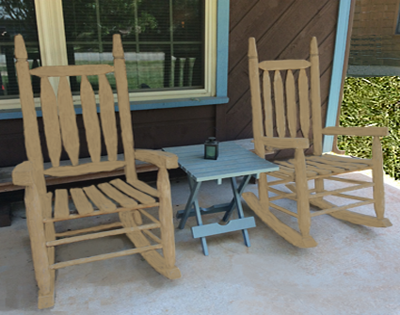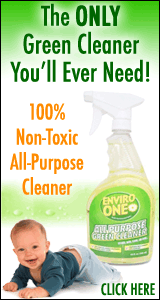Article 4: Wick-ed Candles—They "Light up Your Life"—and Endanger Your Children
Kootenai Valley Times – August 17, 2000
– by Dr. Gloria Gilbere
Chemical toxicity comes in many seemingly innocent disguises. One such toxic substance, not readily known by the general public, is the candlewick. In 1973 the EPA Administrator urged a mandatory ban on all candles with lead-containing wicks. As a result, a voluntary ban was approved and then not complied with or even monitored. An EPA study in 1974 determined "Burning only two candles three hours each day on a regular basis in the home could increase exposure to airborne lead by a factor of 5 or more. This exposure to lead from candles could equal or exceed the exposure to airborne lead associated with the busiest freeways in America." [This statement was made at the time when leaded gasoline was still fairly commonplace.] "Inhabitants of homes in which lead wick candles are burned could be exposed to substantial incremental quantities of lead which, if continued on a regular basis would pose a significantly high risk to health, especially among children." The EPA determined that burning candles with lead-containing wicks exceeded the current EPA air quality standard by over 10 times. Yet, today candles containing lead are still being manufactured and sold!
The Public Citizen's Health Research Group presented documentation to the EPA showing increased blood lead levels from burning these candles can cause permanent deficits in development, behavior, and intelligence. Environmental lead is either inhaled or ingested; lead in candles can enter the blood by both routes. Particulate airborne lead from burning candles settles as house dust, and most vacuum cleaners stir up huge dust loads. Children inhale and ingest dust stirred while crawling or playing. They track it on their hands or clothes, pick up dust-laden objects and put them in their mouths. Lead tastes sweet, therefore children are not discouraged from licking their hands. We have a tremendous responsibility to protect our children, and that protection begins by becoming informed and then avoiding toxic substances. It is estimated that over 300 million candles were sold in the U.S. in 1999. If just 3% of the candles sold contain lead, then approximately 9 million candles sold in the United States each year contain lead.
If we as consumers refuse to buy products that contain lead, manufacturers will be forced to use non-toxic wicks. Labeling must also be specific so the consumer can make informed choices.
In 1999 it was reported that 7 candles imported from China had almost pure lead-core wicks (95-99% lead). That same year 14 candles with wicks containing metallic cores showed up in Ann Arbor, Michigan. All 14 candles tested with metallic wicks emitted lead during burning.
In February 2000, Public Citizen's Health Research Group conducted a study of the lead content of candles in the Baltimore-Washington area. They selected 11 chain stores and a one-dollar store to represent the places where candles are most commonly purchased. They excluded candle stores because they believe candles are more commonly purchased from non-specialty stores. Thirty percent of candles contained metallic wicks. Ten percent had metallic wicks containing lead.
The first country to tackle this health hazard is Australia. The Minister of Financial Services and Regulation, Joe Hockey, ordered a ban on all candles with wicks containing lead. He recognized that "Public health experts have confirmed lead emissions from any source pose an unacceptable public health risk and can result in increased blood lead levels in unborn babies, and young children."
Take appropriate measures to ensure the safety of your children; chemically-induced disorders are preventable, but not always reversible!!
This and subsequent articles are for the purpose of education and to provide support to the millions afflicted with allergies and multiple chemical sensitivity syndromes.








